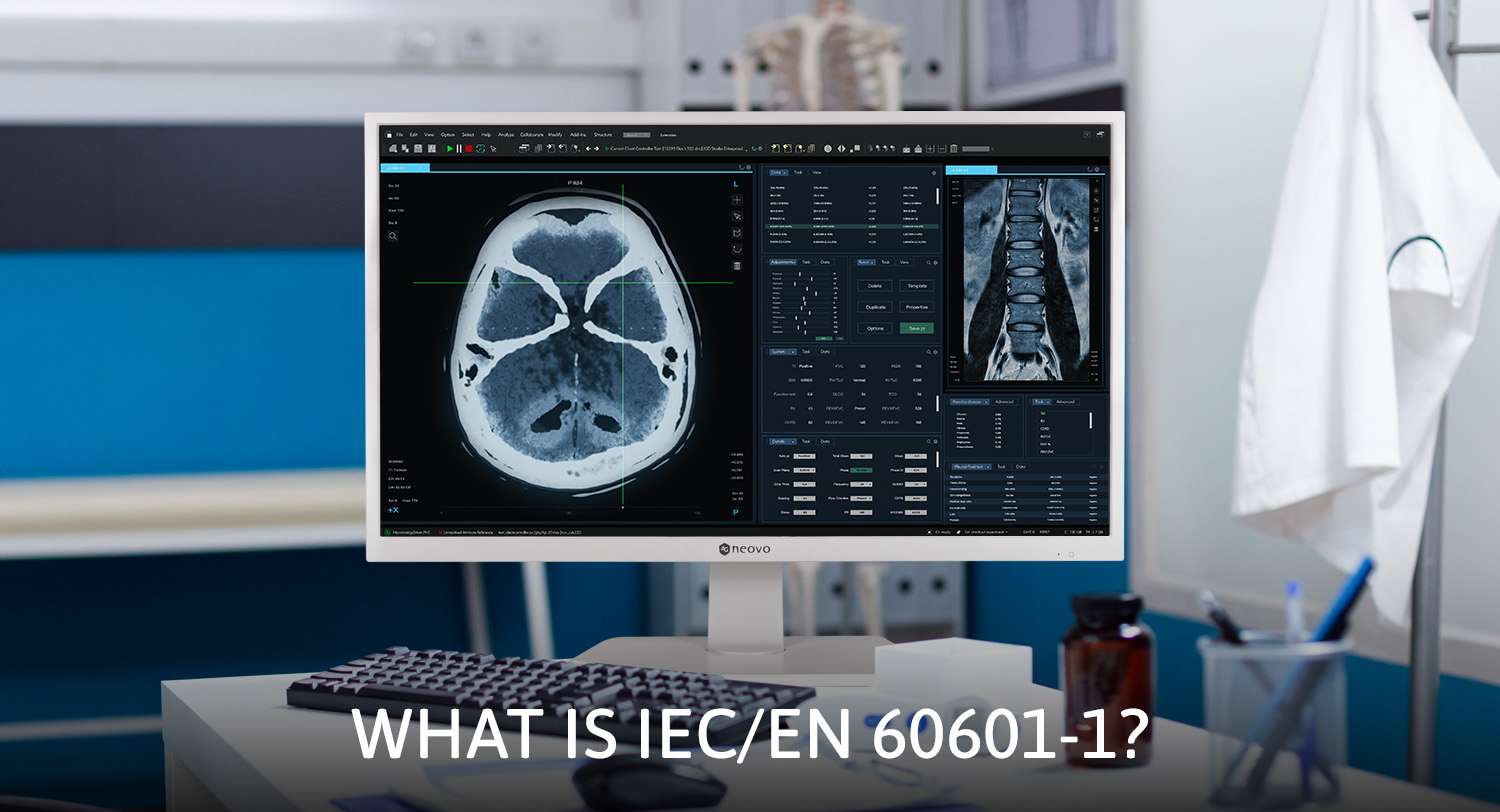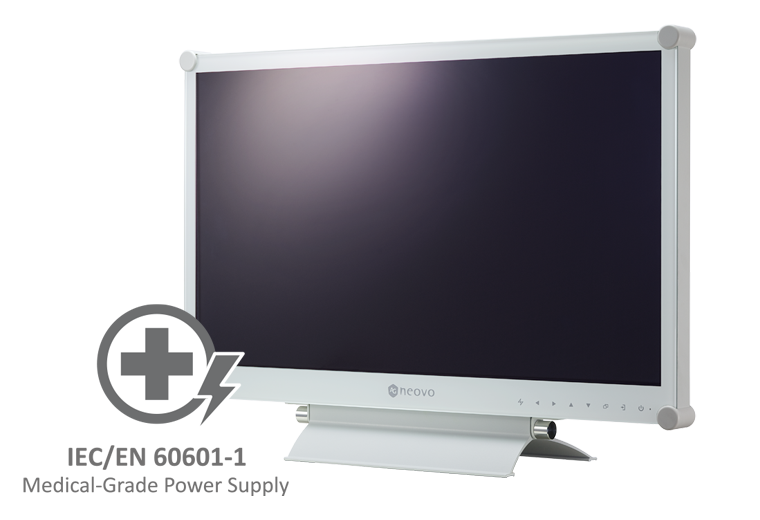


In the realm of modern healthcare, the safety and efficacy of medical equipment are paramount. LCD medical monitors play an essential role in patient diagnosis and care, making it critical to ensure these devices adhere to global safety standards, including the crucial IEC/EN 60601-1 and IEC/EN 60601-1-2 certifications. But why are these benchmarks for safety and electromagnetic compatibility (EMC) indispensable for LCD medical monitors in healthcare environments?
IEC stands for the International Electrotechnical Commission, an organization that prepares and publishes international standards for all electrical, electronic, and related technologies. “EN” signifies European Norm, indicating that the standard has been adopted by European countries and implemented as a European standard.
The IEC is responsible for setting global standards for electrical and electronic technologies. The EN (European Norm) designation signifies adoption across European nations. The IEC/EN 60601-1 certification lays the foundation for the safety and essential performance of medical electrical equipment, addressing risks associated with electrical shocks, mechanical failures, and unwanted energy emissions. Specifically, for medical monitors, this standard ensures that the devices are designed and tested to protect patients and healthcare workers from electrical hazards and operational failures, promoting a safer healthcare environment.
While IEC 60601-1 covers general safety, IEC 60601-1-2 focuses on electromagnetic compatibility (EMC). In our digital age, hospitals are filled with various electronic devices. The IEC 60601-1-2 standard ensures that medical monitors can operate in these electromagnetic-rich environments without causing or falling prey to interference, maintaining the accuracy and reliability of critical patient data displayed on these monitors.
Adhering to these certifications, medical monitors provide comprehensive protection, ensuring safe operation under all conditions and harmonious coexistence with other electronic devices in healthcare settings. The combined benefits include:
In healthcare, where the margin for error is minimal, relying on certified medical monitors is non-negotiable. These certifications are not just about meeting regulatory requirements; they symbolize a commitment to the highest level of safety and care for patients. Opting for IEC/EN 60601-1 and IEC/EN 60601-1-2 certified monitors showcases a healthcare facility’s dedication to quality and safety.
IEC/EN 60601-1 and IEC/EN 60601-1-2 certifications are critical for ensuring medical monitors meet stringent safety and EMC standards. Understanding these certifications helps healthcare providers make informed decisions, ensuring they choose the best equipment for their patients and staff.

AG Neovo’s Medical Monitors with IEC/EN 60601-1 Certification
AG Neovo’s line of medical monitors exemplifies our commitment to safety and quality, meeting the stringent requirements of the IEC/EN 60601-1 certification. Our monitors are meticulously engineered for performance, reliability, and safety, ensuring they meet the high standards expected in medical environments.